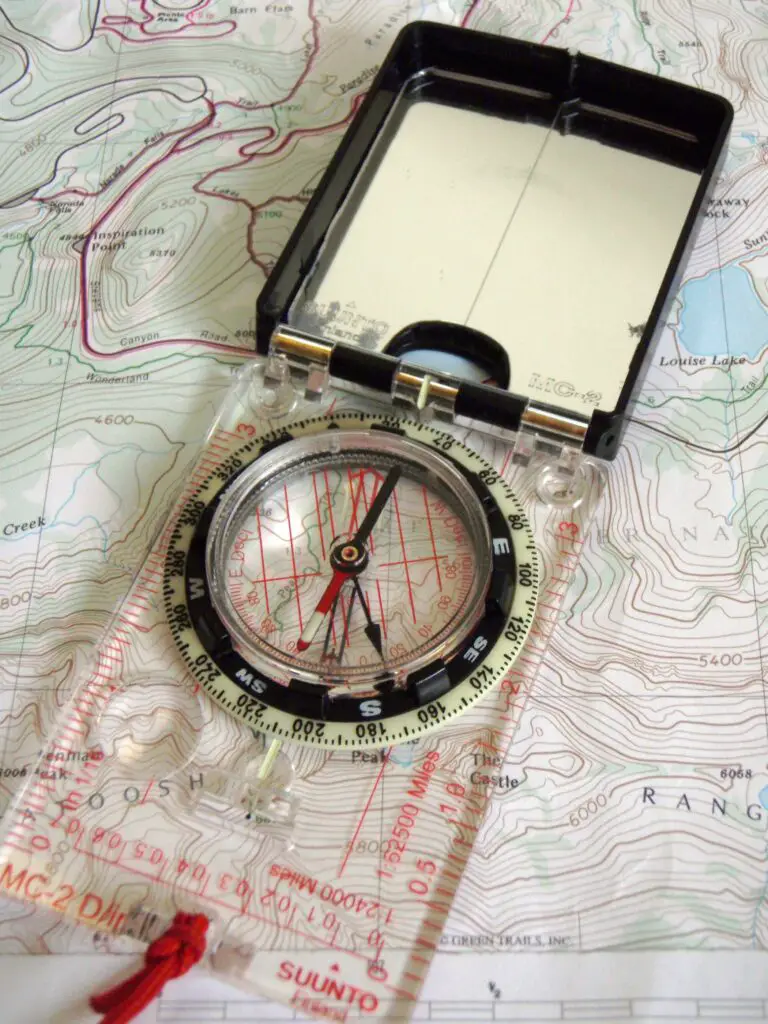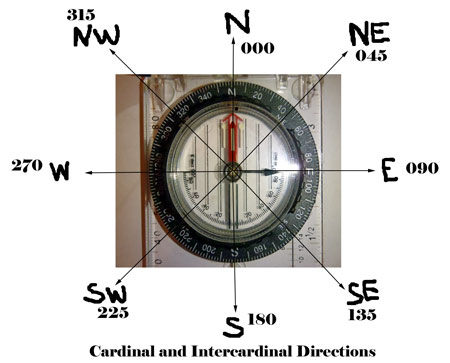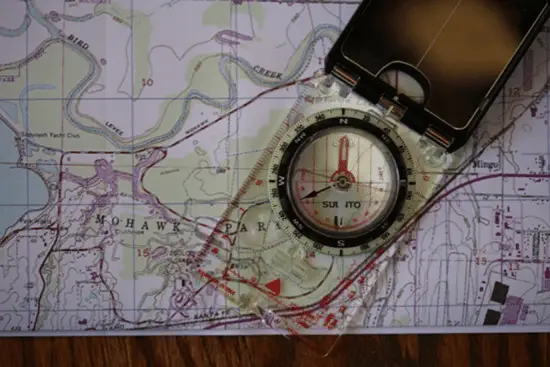Welcome to our guide on how to use maps and compass for land navigation! In this article, we will cover the basics of how to effectively utilize these tools to navigate through unfamiliar terrain with confidence. By understanding key concepts such as orienting a map, taking accurate bearings, and using landmarks to stay on track, you will be well-equipped to explore the great outdoors and conquer new adventures with ease. So grab your compass and map, and let’s get started on your journey to becoming a master navigator!
How To Use Maps And Compass For Land Navigation
Have you ever found yourself lost in the wilderness without a way to navigate your way back? Fear not! In this guide, I will show you how to properly use maps and compasses for land navigation. By the end of this article, you will feel confident in your ability to find your way in any outdoor setting.
Understanding Maps: The Basics
Let’s start by understanding the basics of maps. A map is a visual representation of the earth’s surface, showing physical features, roads, rivers, and more. Maps are crucial for navigation, as they provide us with a clear picture of our surroundings and help us plan our routes effectively.
Types of Maps
There are various types of maps that you may encounter, each serving a specific purpose. Some common types of maps include:
- Topographic Maps: These maps show the terrain and elevation of an area, making them ideal for hiking, backpacking, and other outdoor activities.
- Road Maps: Road maps are designed for navigation on roads and highways, providing detailed information on road networks and intersections.
- Nautical Charts: Nautical charts are used for navigation at sea, showing water depths, buoys, and other marine features.
Understanding the type of map you are using is crucial for effective land navigation.
Reading a Map
Reading a map may seem daunting at first, but with practice, you will become more comfortable with it. Here are some key elements to look out for when reading a map:
- Scale: The scale of a map tells you the relationship between the map and the actual terrain. For example, a scale of 1:25,000 means that one unit of measurement on the map represents 25,000 of the same unit on the ground.
- Legend: The legend of a map explains the symbols and colors used on the map. It is essential to familiarize yourself with the legend to understand what each symbol represents.
- Contour Lines: Contour lines represent the elevation of the terrain. By understanding contour lines, you can visualize the three-dimensional nature of the landscape.
- Grid Lines: Grid lines are used to locate specific points on a map. They help with navigation by providing a coordinate system for pinpointing locations.
By familiarizing yourself with these elements, you will be better equipped to read and interpret maps effectively.

Mastering the Compass: A Guide
A compass is a valuable tool for navigation, especially when used in conjunction with a map. A compass helps you determine directions and orient yourself, making it an essential item for outdoor enthusiasts.
Understanding the Parts of a Compass
Before using a compass, it is essential to understand its various parts. Some key components of a compass include:
- Baseplate: The baseplate of a compass is the flat, transparent part that contains the map scale and direction-of-travel arrow.
- Needle: The needle of a compass is a magnetized pointer that aligns itself with the Earth’s magnetic field, pointing towards magnetic north.
- Orienting Arrow: The orienting arrow is used to align the compass with the map, ensuring that you are facing the correct direction.
- Degree Dial: The degree dial on a compass allows you to measure angles and bearings accurately.
Familiarizing yourself with these parts will help you use the compass effectively for navigation.
Using a Compass With a Map
To use a compass with a map, you will need to follow these steps:
- Orient the Map: Place the compass on the map with the direction-of-travel arrow pointing towards your destination. Rotate the map until the needle aligns with the orienting arrow on the compass.
- Set the Bearing: Determine the bearing from your current location to your destination by reading the degree dial on the compass.
- Follow the Bearing: Hold the compass flat in front of you and turn your body until the needle aligns with the orienting arrow. Walk in the direction of the travel arrow on the compass.
By following these steps, you can effectively navigate with a compass and map combination.

Putting It All Together: Practical Tips for Land Navigation
Now that you understand the basics of maps and compasses, let’s explore some practical tips for land navigation.
Stay Oriented
One of the most crucial aspects of land navigation is staying oriented at all times. Always know where you are on the map and which direction you are facing. By maintaining your orientation, you can avoid getting lost and navigate with confidence.
Look for Landmarks
Landmarks are essential for navigation, as they help you pinpoint your location on the map. Look for prominent features such as mountains, rivers, or unique terrain formations that can serve as reference points on your journey.
Practice Regularly
Like any skill, land navigation requires practice to master. Take every opportunity to practice using maps and compasses in different terrains and environments. The more you practice, the more comfortable you will become with navigating in the wilderness.
Plan Your Route
Before embarking on a journey, take the time to plan your route carefully. Consider factors such as terrain, distance, and weather conditions to ensure a safe and successful adventure. By planning ahead, you can avoid potential obstacles and navigate efficiently.
Stay Calm and Patient
In challenging situations, it is essential to stay calm and patient. If you find yourself lost or disoriented, take a moment to breathe and assess your surroundings. Trust your navigation skills and resist the temptation to panic. With a clear mind and focused approach, you can find your way back on track.
Seek Assistance if Needed
If you are struggling to navigate or feeling overwhelmed, do not hesitate to seek assistance. Reach out to experienced hikers, park rangers, or fellow adventurers for guidance and support. Remember that asking for help is not a sign of weakness but a proactive step towards ensuring your safety.
By following these tips and strategies, you can navigate confidently in any outdoor setting and enjoy the wonders of the wilderness.
In conclusion, mastering the use of maps and compasses for land navigation is a valuable skill for outdoor enthusiasts. By understanding the basics of maps, compasses, and practical navigation tips, you can navigate with confidence and explore the great outdoors safely. Remember to practice regularly, stay oriented, and plan ahead for a successful adventure. Happy navigating!

